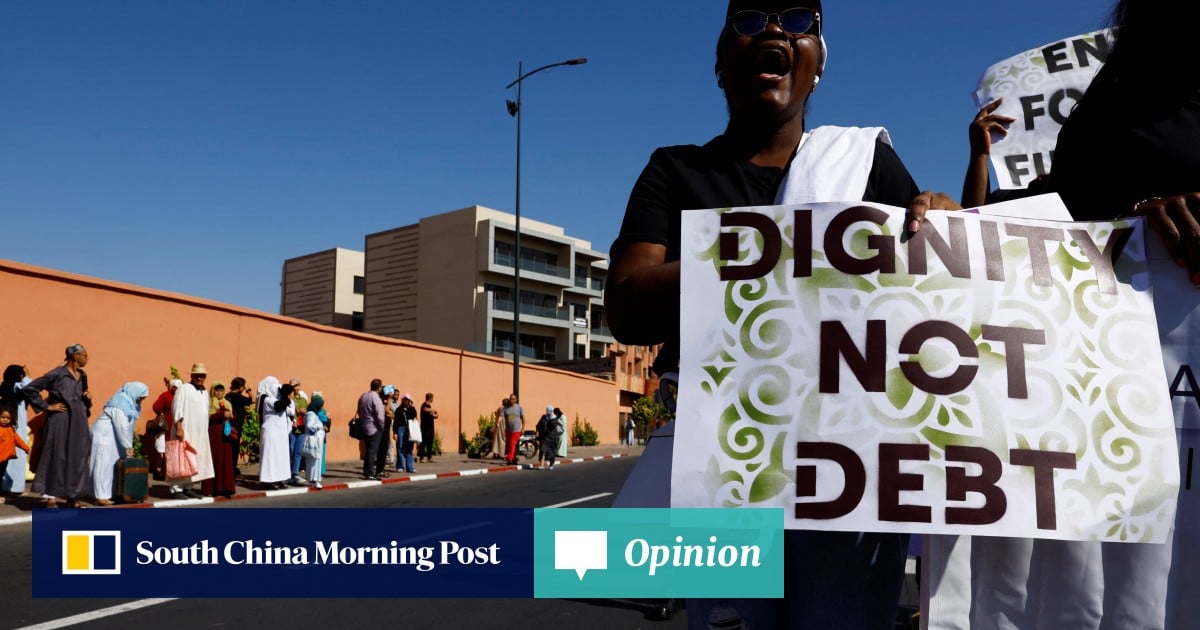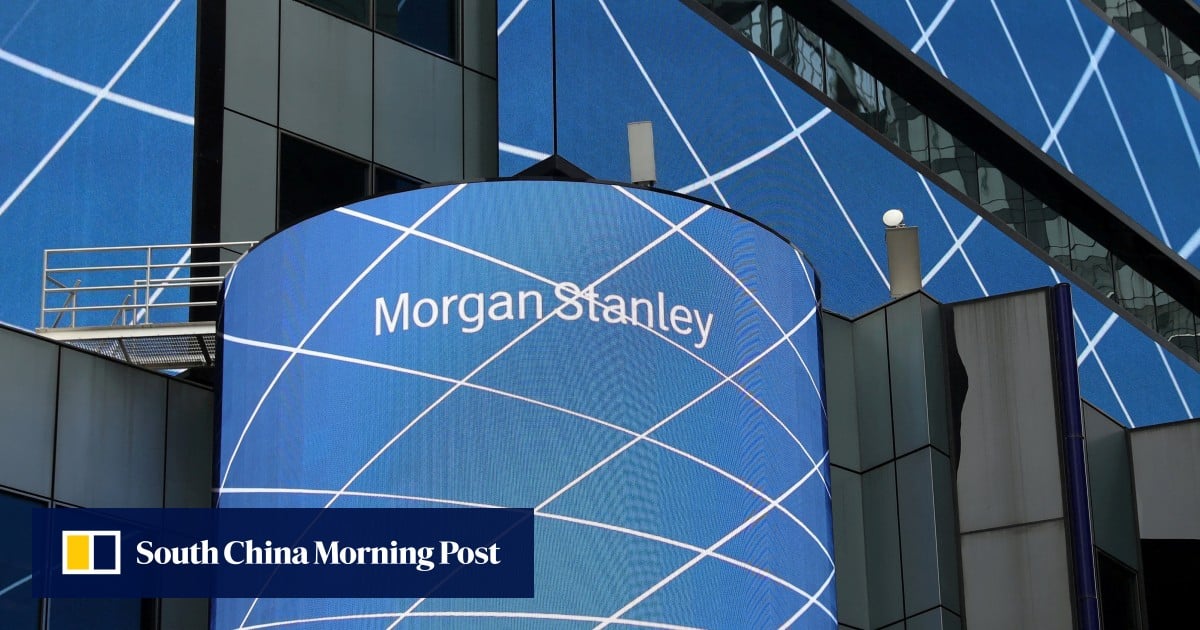MANILA, Philippines — With the Duterte administration’s ambitious effort to revamp the Philippines’ public transportation networks falling behind schedule, solving chronic traffic congestion around the capital is set to become a significant campaign topic ahead of the presidential election next year. On July 5, hundreds of commuters eagerly awaited a train at Antipolo station, which had just opened. The elevated station is the final stop of Light Rail Transit Line 2’s eastern extension, which runs east-west through Greater Manila and crosses Marcos Highway, a significant thoroughfare. The proposal to expand the 13.8 km LRT Line 2 by about 4 km and add two stops was funded by a 43.3 billion yen ($393 million) loan from Japan. Several partners were involved in the project, including Marubeni, a Japanese trading corporation. The project aims to alleviate significant traffic jams in the city and its environs, which are estimated to cost the economy over 3.5 billion Philippine pesos per day in 2017 (about $70 million at today’s rates) in greater Manila, or nearly $25 billion per year. Traveling 17 kilometers by vehicle from Antipolo to Recto station, Line 2’s western terminus station, takes three to four hours in normal traffic. According to the Department of Transportation, an end-to-end ride on the newly enlarged railway takes only 30 minutes.
During the pandemic lockdown, there was a lot of traffic on Marcos Highway: According to some estimates, traffic congestion in Metro Manila costs the economy $25 billion a year. According to Reuters
The effective completion of Line 2 work is a rare occurrence in many projects. President Rodrigo Duterte campaigned for infrastructure upgrades after taking office in 2016, using the motto “Build, Build, Build” to seek financing and cooperation from foreign governments and businesses. Railway projects are being undertaken by a number of Japanese corporations, as well as the government-backed Japan International Cooperation Agency. The administration had hoped to finish 75 “flagship” projects by 2022, but only 31 of these, or 40%, had been completed as of November 2018. In 2019, the plan was revised to complete 21 projects, or 28 percent, by the target year. In 2019, the flagship list was expanded to include more projects, with the goal of completing roughly 60 percent of them by 2022. However, the list was amended again in June, and the completion objective was reduced to 34%. One example of the delays is the ambitious effort to build Manila’s first underground train line. The first phase of the subway was supposed to be finished in 2022, according to the plans. According to a May update to the project list, the first phase’s deadline has been pushed back to 2023 or later. Infrastructure projects necessitate time-consuming procedures such as land acquisition. Construction has been halted and materials have been delayed due to the coronavirus lockdowns. Many projects’ opening dates are still up in the air, according to a source familiar with the planning process./n
Read More




